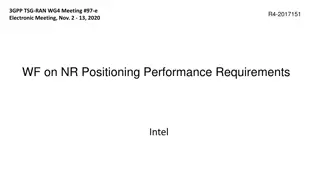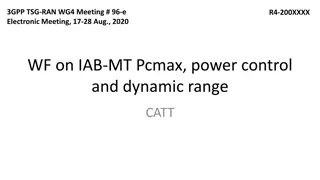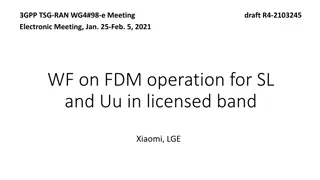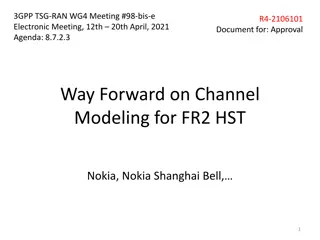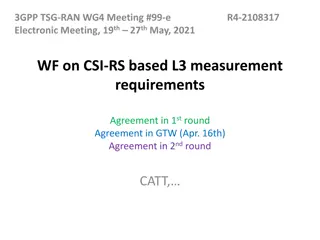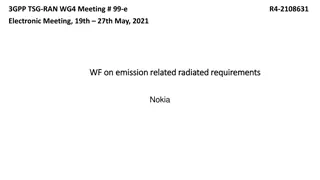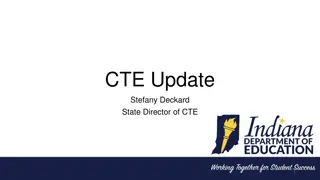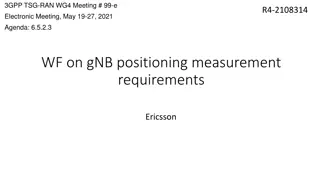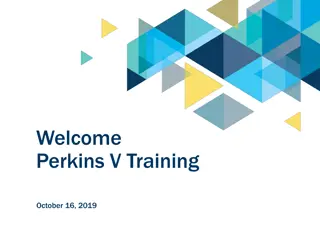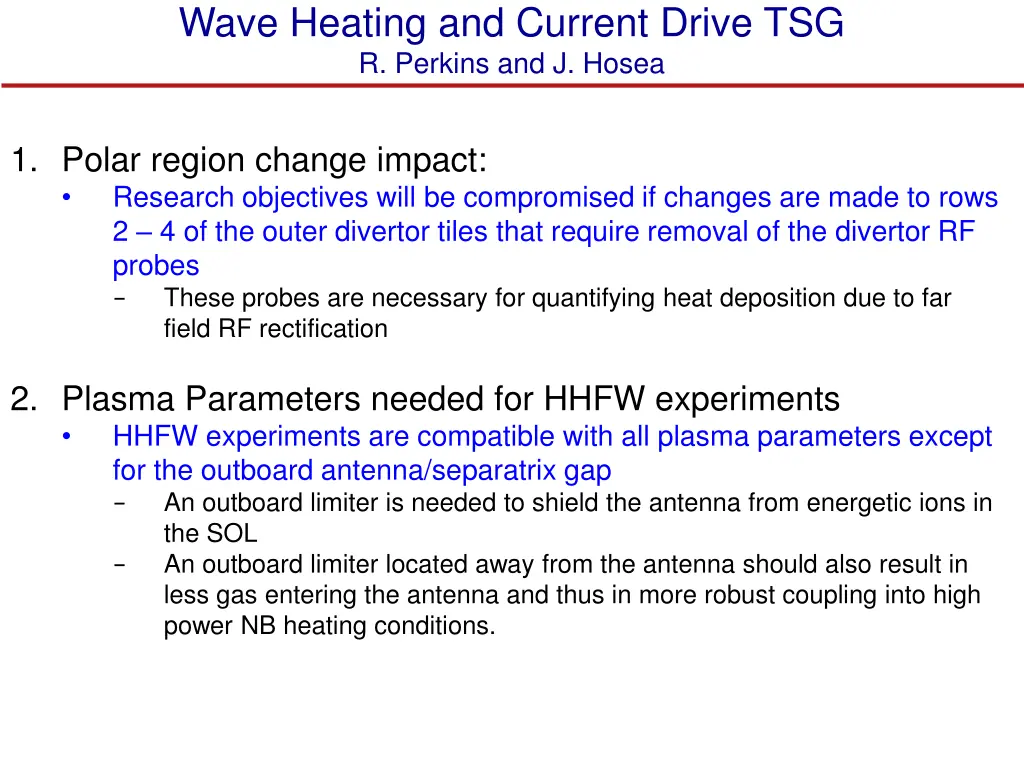
Plasma Dynamics in Fusion Research
Explore the impact of various configurations on plasma dynamics in fusion research, including the importance of RF probes, limiter tiles, and antenna protection. Discover the critical role of plasma parameters in HHFW experiments and the need for controlled outer gaps to prevent ion bombardment. Stay informed on the latest developments in plasma physics and experimental setups for high-power heating conditions.
Download Presentation

Please find below an Image/Link to download the presentation.
The content on the website is provided AS IS for your information and personal use only. It may not be sold, licensed, or shared on other websites without obtaining consent from the author. If you encounter any issues during the download, it is possible that the publisher has removed the file from their server.
You are allowed to download the files provided on this website for personal or commercial use, subject to the condition that they are used lawfully. All files are the property of their respective owners.
The content on the website is provided AS IS for your information and personal use only. It may not be sold, licensed, or shared on other websites without obtaining consent from the author.
E N D
Presentation Transcript
Wave Heating and Current Drive TSG R. Perkins and J. Hosea Limiter at end of antenna 1. Polar region change impact: Research objectives will be compromised if changes are made to rows 2 4 of the outer divertor tiles that require removal of the divertor RF probes - These probes are necessary for quantifying heat deposition due to far field RF rectification Limiter tiles in NB armor 2. Plasma Parameters needed for HHFW experiments HHFW experiments are compatible with all plasma parameters except for the outboard antenna/separatrix gap - An outboard limiter is needed to shield the antenna from energetic ions in the SOL - An outboard limiter located away from the antenna should also result in less gas entering the antenna and thus in more robust coupling into high power NB heating conditions.
Impact of possible PFC changes for rows 2 4 of the outer divertor tiles Limiter at end of antenna RF probes in outboard divertor tiles need to be maintained to support RF deposition physics in the SOL Limiter tiles in NB armor Recovery project is still working to determine requirements for the tiles shown Initial studies indicate that their may be sufficient thermal margin in an average sense. Risk of strong leading edge heating on vertical target Recently revised both physics and analysis assumptions regarding halo currents on the CS. Halo current loads are large and likely problematic Refining both the requirements and the analysis to better assess this issue. A. Brooks Outboard divertor tiles Rows 2 - 4
IR camera and probes are critical for documenting RF edge heating 1353 25 135333 - 90 Bay G IR view Bay I Wide angle IR view Antenna probes, reflectometer Bay J probes (Langmuir and RF) 6 poloidal Langmuir probe array for radial coverage top and bottom Antenna IR view & visible view 452 ms BT = 4.5 kG, IP = 0.8 MA Probes for measuring IV characteristics and RF fields: Coaxial Langmuir at Bay J top and bottom tiles in Rows 2 - 4
Plasma parameter needed for HHFW experiments is a controlled outer gap to the antenna NB energetic ions bombard the HHFW antenna when the gap is too small Limiter on NB armor should prevent this and excessive gas flow into the antenna
NB bombardment of antenna follows the center of the plasma (smallest gap) Scan of Z position of plasma with PNB = 2 MW, PRF ~ 1 MW, IP ~ 0.65 MA 141858 141861 141863 Antenna Antenna Antenna 0.583 s 0.545 s 0.583 s Midplane gap ~ 6 cm Gap at interaction zone ZC position ~ 6 cm ~ 5 cm ~ 6 cm ~ -3.5 cm ~ 4 cm ~ - 20 cm ~ 4 cm ~ + 16 cm A central mid-plane limiter on the NB armor should be sufficient to protect the antenna


